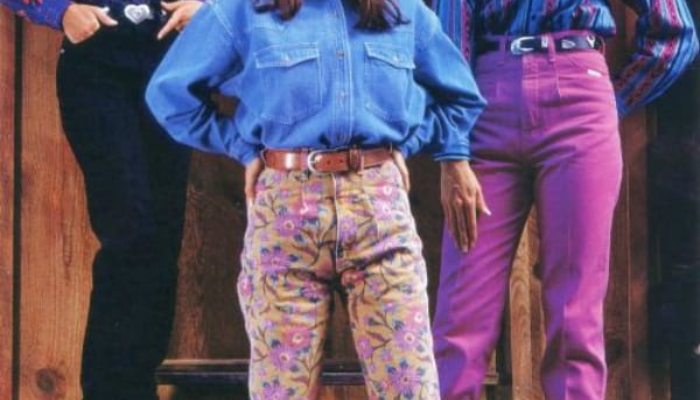Temperature blanket is more than just a warm piece of fabric—it’s a creative way to track daily temperatures throughout the year. Each day, you use a color that corresponds to the temperature outside, gradually forming a beautiful, personalized blanket. This fun and practical project combines crafting, weather tracking, and creativity into one cozy experience.
Many crafters love temperature blankets because they are unique and meaningful. No two blankets look the same, since every person experiences different weather and chooses their own colors. Plus, making a temperature blanket is a great way to relax, practice knitting or crocheting skills, and create a blanket full of memories.
Table of Contents
What Is a Temperature Blanket?
A temperature blanket is a blanket that represents the weather over a period, usually one year. Each row or square in the blanket represents a day, and the color represents the temperature. For example, a warm day may be represented by yellow, while a cold day may be represented by blue.
The idea is simple: track the temperature every day, then knit or crochet a row or square using the corresponding color. Over time, the blanket becomes a visual diary of the year’s weather. This project is popular among knitters, crocheters, and anyone who loves crafting with a purpose.
How to Choose Colors for Your Temperature Blanket
Choosing colors is one of the most fun parts of making a temperature blanket. You can use yarn in any shades you like, but it helps to assign colors based on temperature ranges. For example:
- Dark blue: very cold days
- Light blue: cold days
- Green: mild days
- Yellow: warm days
- Red: hot days
Some people like to make a gradient effect, while others prefer bright, contrasting colors. Whatever your choice, the key is to be consistent so your blanket accurately represents the temperature trends.
Materials Needed for a Temperature Blanket
To make a temperature blanket, you need a few basic materials:
- Yarn – Multiple colors for different temperatures. Choose soft, high-quality yarn for comfort.
- Knitting needles or crochet hooks – Depending on your preferred craft method.
- Temperature records – You can use a thermometer or check online weather data daily.
- Notebook or app – To track which color corresponds to each day’s temperature.
Optional items include stitch markers, row counters, or a color chart for easy reference.
Deciding the Blanket Size and Pattern
Before you start, decide how large your temperature blanket will be. Some people make daily rows, while others create small squares for each day.
- Rows per day: If you knit or crochet one row per day, you’ll have 365 rows at the end of the year.
- Squares per day: If you prefer squares, you can make 365 small squares and then stitch them together.
The pattern can be simple, like a plain stitch, or more complex, with cables, stripes, or textures. Remember, the main focus is the color and temperature tracking, so choose a pattern that allows the colors to stand out.
Tracking Daily Temperatures
The most important part of a temperature blanket is accurately tracking the daily temperature. You can record:
- High temperature of the day – Most common method.
- Average daily temperature – Gives a balanced view of the day.
- Low temperature – Some crafters prefer to track the coldest part of the day.
You can use a thermometer at home, check local weather apps, or refer to online weather archives. The key is consistency—choose one method and stick to it throughout the year.
Knitting vs. Crocheting Your Temperature Blanket
Both knitting and crocheting work perfectly for a temperature blanket. Your choice depends on your skill and preference.
- Knitting: Creates a smoother fabric, which is great for subtle color transitions. Techniques like stockinette stitch or garter stitch are popular.
- Crocheting: Easier for beginners, and allows for creative textures. Single crochet or granny squares are commonly used.
Some crafters combine both methods to create unique effects. The beauty of a temperature blanket is that there is no “wrong” way to make it.
Tips for Staying Motivated
A temperature blanket is a year-long project, so motivation is important. Here are some tips:
- Keep it visible – Place your blanket in a spot where you can see your progress daily.
- Track colors in a chart – A simple notebook or app can make it easier to know which color to use.
- Set small goals – Focus on completing one week or month at a time.
- Join a community – Online crafting groups share tips, photos, and encouragement.
Remember, it’s not just about finishing the blanket—it’s about enjoying the process.
Conclusion
A temperature blanket is a beautiful, creative way to track daily temperatures and make a cozy keepsake. It combines crafting, mindfulness, and personal expression, resulting in a blanket that tells the story of your year. Whether you knit or crochet, a simple or intricate pattern, your blanket will be a colorful reflection of your life and the weather.
Start your temperature blanket today, and enjoy the journey of creating a project that is both practical and personal.
FAQs
Q1: How long does it take to make a temperature blanket?
A: It depends on your skill level and the size of the blanket. Some people finish in a year, while others take longer.
Q2: Can beginners make a temperature blanket?
A: Yes! Using simple stitches like single crochet or garter stitch makes it beginner-friendly.
Q3: Do I need to track the temperature daily?
A: Ideally, yes, for accuracy. But you can use weekly averages if daily tracking is difficult.



